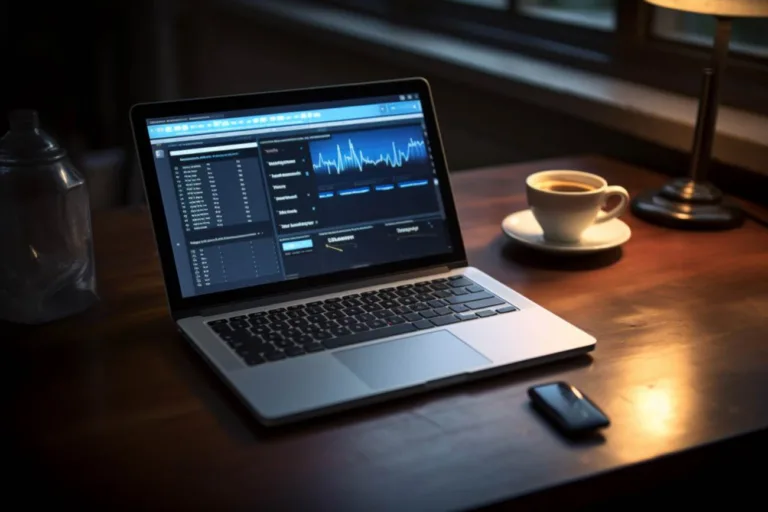When it comes to optimizing and managing business operations, two acronyms often come into play: MRP and ERP. These terms, which stand for Material Requirements Planning (MRP) and Enterprise Resource Planning (ERP), respectively, are critical components of modern business processes. In this article, we will delve into the world of MRP and ERP, exploring their functions, differences, and how they contribute to the efficiency and success of organizations.
MRP (Material Requirements Planning)
Material Requirements Planning, or MRP, is a fundamental system used in manufacturing and production industries. Its primary purpose is to ensure that an organization has the right materials at the right time and in the right quantities to meet production demands. MRP accomplishes this by analyzing various factors, including:
- Current inventory levels
- Sales forecasts
- Production schedules
- Lead times for materials
By considering these factors, MRP helps companies minimize excess inventory, reduce carrying costs, and improve overall production efficiency. It acts as the engine that drives the supply chain, ensuring that production lines are always adequately supplied.
ERP (Enterprise Resource Planning)
Enterprise Resource Planning, or ERP, takes a broader approach to business management. Unlike MRP, which focuses primarily on materials and production, ERP integrates various aspects of an organization’s operations, including:
- Finance and accounting
- Human resources
- Sales and marketing
- Inventory and supply chain
ERP software connects these disparate functions into a unified system, allowing data to flow seamlessly across departments. This integration streamlines processes, enhances collaboration, and provides real-time insights into an organization’s overall performance. ERP serves as the nerve center of an enterprise, offering a holistic view of its activities.
Key Differences Between MRP and ERP
While MRP and ERP share the common goal of improving efficiency, they differ significantly in scope and functionality:
| Aspect | MRP | ERP |
|---|---|---|
| Focus | Materials and production | Comprehensive business management |
| Integration | Limited to production-related functions | Integrates all aspects of business |
| Functionality | Material planning and inventory control | Finance, HR, sales, and more |
It’s important to note that many organizations use both MRP and ERP systems in tandem. MRP plays a critical role in ensuring the efficient use of materials, while ERP provides a comprehensive view of the entire business.
Faqs
What is the primary function of MRP?
MRP’s primary function is to ensure that an organization has the right materials at the right time and in the right quantities to meet production demands.
What does ERP integrate into a unified system?
ERP integrates various aspects of an organization’s operations, including finance, HR, sales, and inventory, into a unified system.
Can MRP and ERP be used together?
Yes, many organizations use both MRP and ERP systems in tandem. MRP focuses on materials and production, while ERP provides a comprehensive view of the entire business.
In conclusion, MRP and ERP are indispensable tools in the world of business management. While MRP excels in material planning and inventory control, ERP takes a holistic approach, integrating all aspects of an organization’s operations. Understanding the differences between these two systems is crucial for businesses looking to optimize their processes and stay competitive in today’s fast-paced business environment.
Zobacz także:






